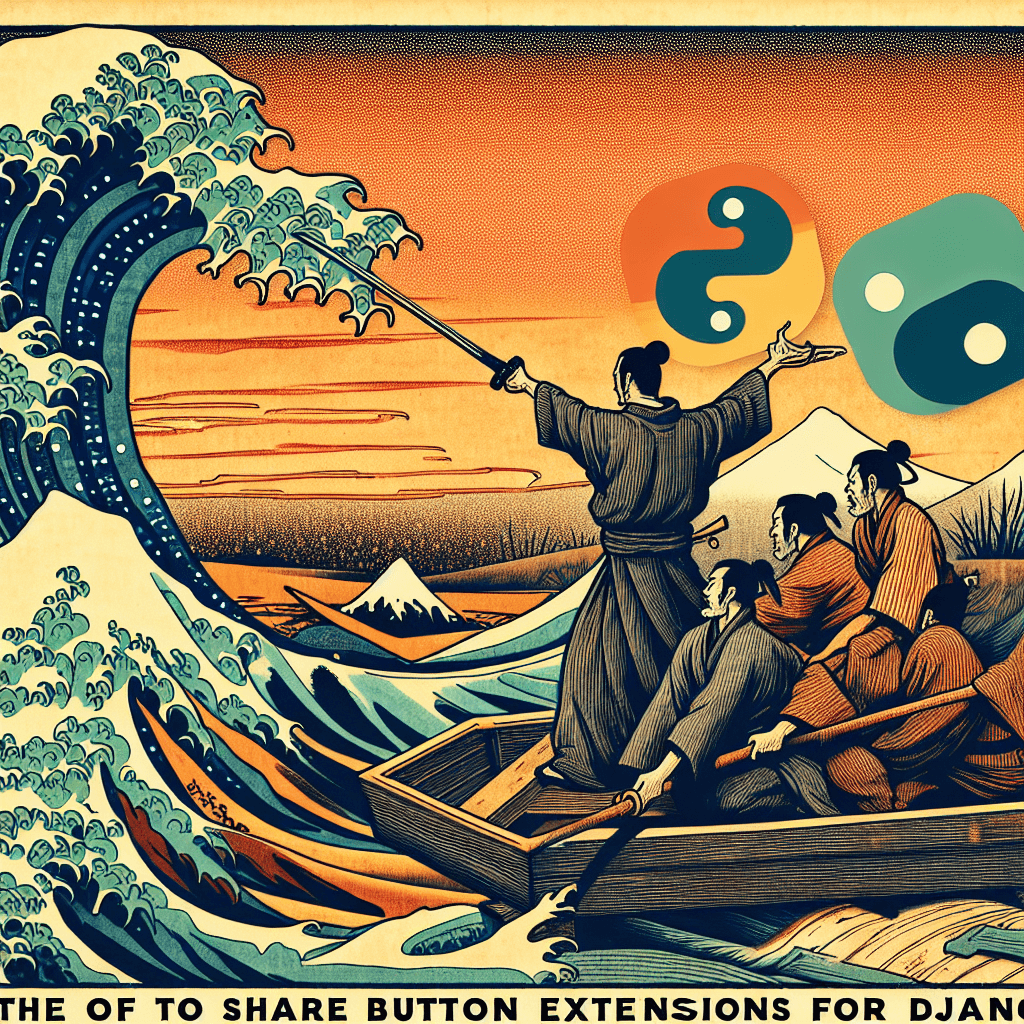Understanding Django Backend: A Comprehensive Overview
syndu | Sept. 26, 2023, 10:44 a.m.

Understanding Django Backend: A Comprehensive Overview
Hello Readers,
Today, let's delve into the world of Django, a high-level Python web framework that encourages rapid development and clean, pragmatic design. Specifically, we'll focus on understanding the Django backend and its various components.
What is a Django Backend?
The Django backend is the server-side part of a web application. It handles the business logic of your application and interacts with the database and other back-end services. It's where models, views, forms, serializers, URLs, receivers, tasks, and middlewares come into play.
Models
Models in Django represent the data structures of your application. They are the single, definitive source of information about your data and include essential fields and behaviors of the data you’re storing.
Serializers
Serializers in Django are similar to forms. They allow complex data types, like querysets and model instances, to be converted to Python datatypes that can then be easily rendered into JSON, XML, or other content types.
Views
Views in Django handle the logic responsible for processing a user's request and for returning the response back to the user. Views access the data needed to satisfy requests via models and delegate the formatting of the response to templates.
Forms
Forms in Django are a way to accept input from users. They are used to validate user input and convert it into Python types.
URLs
URLs in Django are used to route different URLs for your application to their appropriate view functions.
Receivers
Receivers in Django are functions connected to signals. Signals are sent by Django in response to certain actions, and receivers listen for these signals and perform tasks when they're received.
Tasks
Tasks in Django, especially when using a task queue like Celery, are operations that are set to run asynchronously, separate from the main application flow.
Middlewares
Middlewares in Django are components that process requests and responses before they reach the view or after they leave the view. They can be used for tasks like session management, authentication, and CSRF protection.
Conclusion
The Django backend is a powerful and flexible system that handles a lot of the heavy lifting for web development. Understanding how its components work together can help you create robust and efficient web applications.
Remember, Django follows the DRY principle - Don't Repeat Yourself. Its aim is to simplify the creation of complex, database-driven websites with a focus on reusability and "pluggability" of components.
I hope this blog post has provided a helpful overview of the Django backend. As always, I'm here to answer any further questions you may have. Let's continue to learn and grow together in this exciting field of web development!



